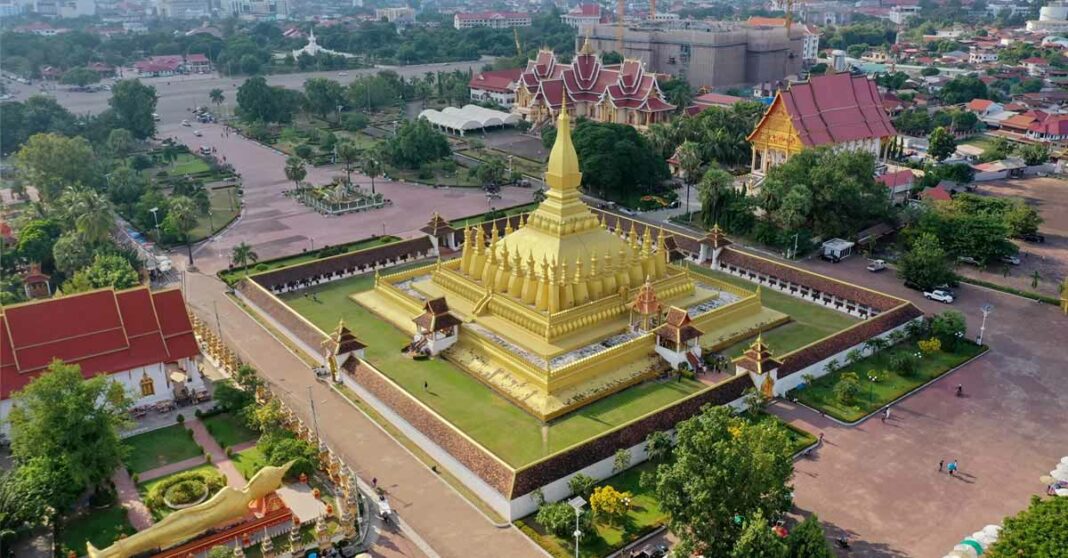The World Bank’s latest Global Economic Prospects report suggests Laos will see economic growth of 4.5 percent in 2022 and 4.8 percent in 2023.
The global economy is entering a pronounced slowdown amid fresh threats from Covid-19 variants and a rise in inflation, debt, and income inequality that could endanger recovery in emerging and developing economies, according to the World Bank report.
Global growth is expected to decelerate markedly from 5.5 percent in 2021 to 4.1 percent in 2022 and 3.2 percent in 2023 as pent-up demand dissipates and as fiscal and monetary support is unwound across the world.
“The world economy is simultaneously facing Covid-19, inflation, and policy uncertainty, with government spending and monetary policies in uncharted territory. Rising inequality and security challenges are particularly harmful to developing countries,” said World Bank Group President David Malpass.
“Putting more countries on a favorable growth path requires concerted international action and a comprehensive set of national policy responses.”
Growth in East Asia and the Pacific
Growth in East Asia and the Pacific (EAP) rebounded to an estimated 7.1 percent in 2021, but the speed of recovery differed considerably among countries.

Growth in EAP is projected to decelerate to 5.1 percent in 2022, reflecting a slowdown in China.
Growth in China is forecast to slow to 5.1 percent in 2022, near estimates of potential growth, due to the lingering effects of the pandemic and tighter regulations on certain segments of the economy.
In the region excluding China, growth is expected to accelerate to five percent as domestic demand and vaccination rates increase. The region is expected to face a steady decline in global demand, as growth in major economies moderate.
International travel is projected to remain below pre-pandemic levels over the forecast horizon amid the lingering pandemic, with tourism-dependent economies not expected to recover to pre-pandemic levels until 2022 (Cambodia, Malaysia, the Philippines) or 2023 (Thailand).
According to the world bank, remittances remain subdued in countries that depend on intra-regional inflows, notably Laos and Myanmar.
Meanwhile, higher-than-expected inflation in advanced economies could induce an abrupt increase in global interest rates and lead to capital outflows, currency depreciations, domestic monetary tightening, and even financial stress in the most vulnerable economies.
The impact is likely to be concentrated in countries with deeper and more internationally integrated financial markets and elevated external debt levels, such as Laos, Mongolia, and Papua New Guinea.
Meanwhile, the public and publicly guaranteed debt to GDP ratio has surpassed 60 percent of GDP in China, Malaysia, and Laos.



